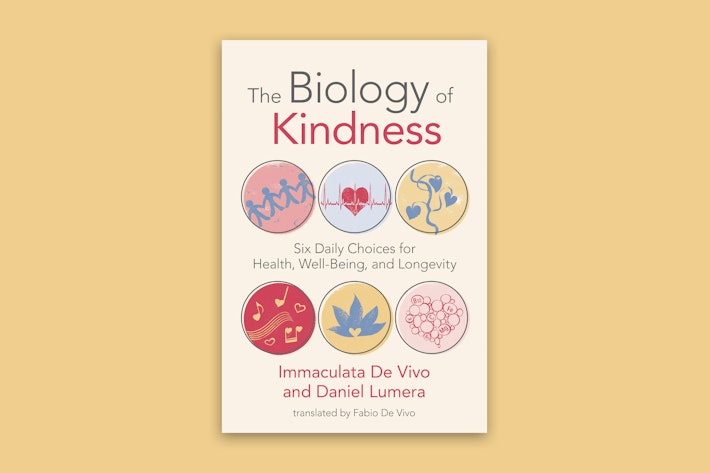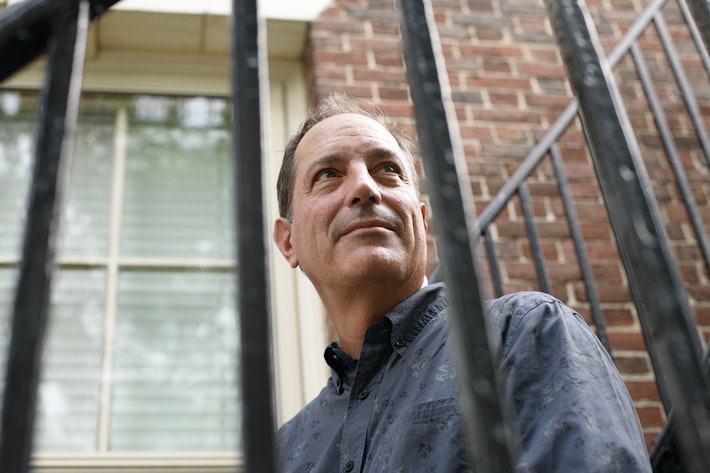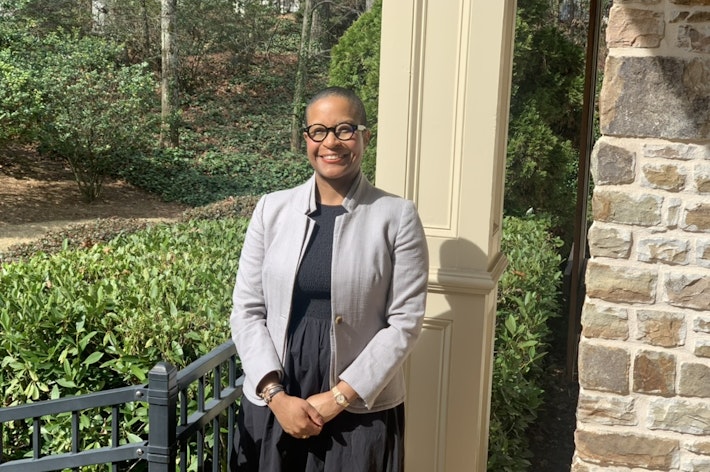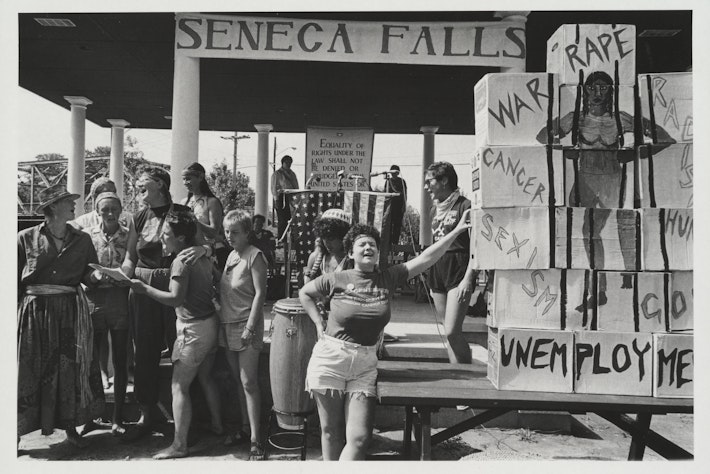Energized by Positivity and Collaboration
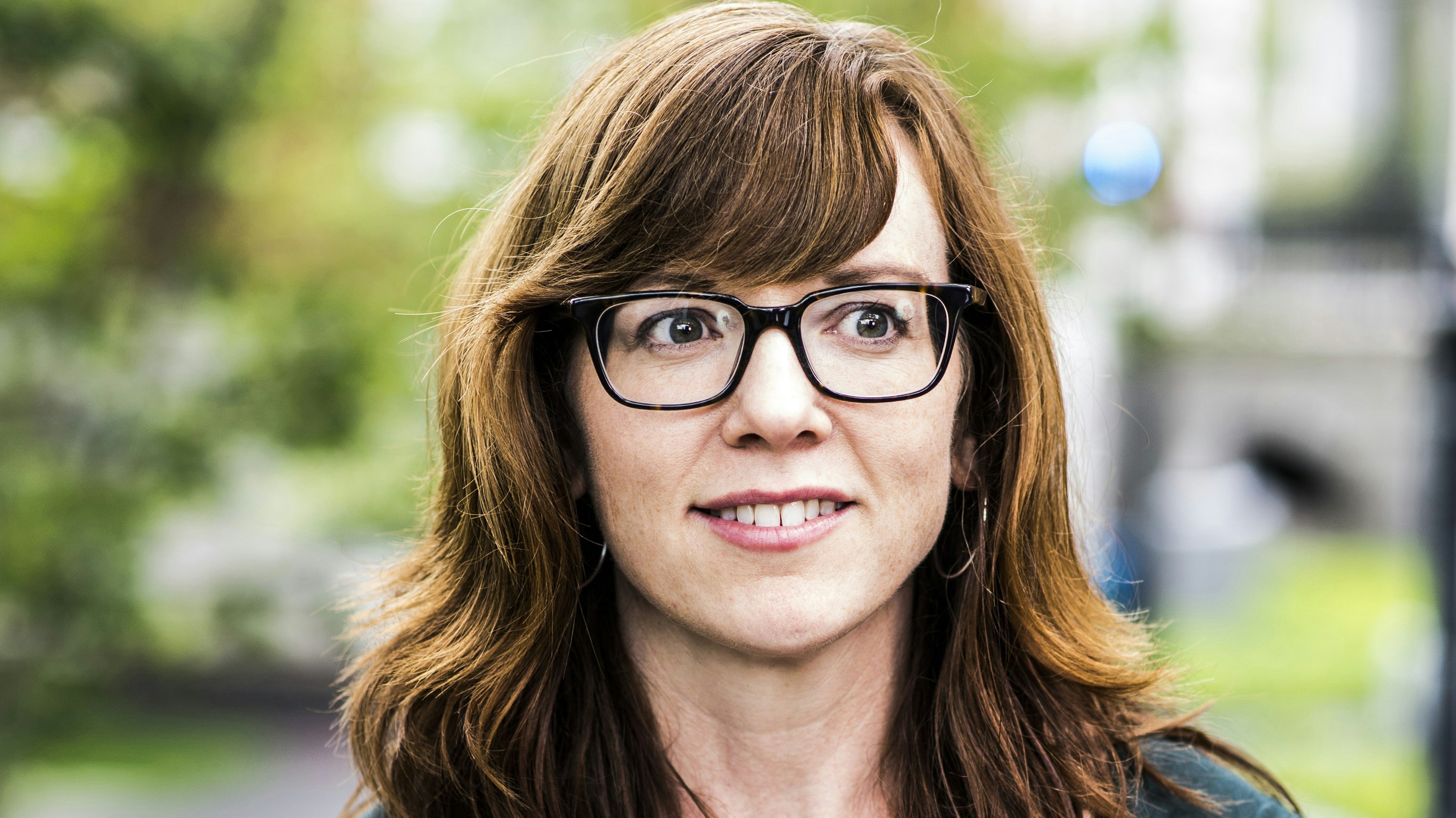
Mary Prendergast RI '17 uses zooarchaeology to challenge traditional notions about the spread of food production in East Africa, particularly in the past 5,000 years.
Mary Prendergast PhD ’08, RI ’17—who teaches in the Department of Sociology and Anthropology at St. Louis University, in Madrid, Spain—uses zooarchaeology to challenge traditional notions about the spread of food production in East Africa, particularly in the past 5,000 years. At Radcliffe, she worked on four peer-reviewed papers, each relying on a decade of archeological fieldwork and animal bone analyses, through which she hopes to highlight the great variation of past East African foragers and food producers. Here, she gives us a glimpse at her life and passions.
Who are your heroes?
My parents. My academic mentors. And the many female pioneers in archaeology who made the field what it is today.
Which trait do you most admire in yourself?
I may be a planner, but I'm also adaptable. Flexibility is handy when you get five flat tires en route to your field site, you must suddenly negotiate in a rusty foreign language, or you move abroad with no job in sight. Confidence that things will work out is key, but a strong dose of luck helps, and I've been lucky.
Who is your muse?
I have zero artistic abilities, but the natural world never ceases to amaze me.
Tell us your favorite memory.
I have visceral memories of the sounds, smells, and movement of riding horses in my youth. I learned that you don't have to be good at something in order to love it.
Describe yourself in six words or fewer.
Enthusiastically extroverted yet craving outdoor solitude.
What is your most treasured possession?
My children’s drawings; soon they might stop making them for me.
What inspires you?
The scholarly community of Africanist archaeologists. I am inspired by the energy of positive, collaborative people, who are numerous in my field. Among those of us working in recent prehistory, I think we share a sense of urgency: there is so much still unknown, so few available resources, and so much cultural heritage at risk, that we must all band together to do our best with the opportunities we have.
Name a pet peeve.
Gum-chewing. Especially in my classroom.
Were your life to become a motion picture, who would portray you?
It won’t: the only “archaeologists” in movies are swashbuckling looters (I’m looking at you, Indy and Lara). It’s a good sign that my life is too dull to be a movie.
Where in the world would you like to spend a month?
Does extending my Radcliffe fellowship by a month count? If not, then traveling in Iran has been a dream of mine since I took Archaeology of Iran as a first-year at Brown. This course drew me toward my future career, and I became fascinated with the country, its heritage, and its recent history.
What is your fantasy career?
Large-animal veterinarian. I devoured James Herriot books as a kid, mucked stalls, memorized equine disease details, and was convinced this would be my career. I’ve managed to specialize in animals anyway.
What is your greatest triumph so far?
Becoming a Radcliffe fellow, the most fortunate and productive year I’ve had. I also triumphed over the challenge of life abroad, which was initially difficult with no job and no social network. Now Spain feels like home.
What is the most challenging aspect of being a Radcliffe fellow?
Staying focused when an intellectual buffet is on offer at Harvard every day. I’ve forged unexpected connections leading to new projects while at Radcliffe; this, too, has been difficult to balance against writing time, but I’m grateful for the challenge.
What aspect of your work do you most enjoy?
Communicative aspects and fieldwork. I love talking about research—in the classroom, at conferences, and with site visitors, who are usually kids. Fieldwork is both essential and tremendous fun, although with age, I increasingly miss a bed and hot shower. I’m lucky to excavate with a fantastic team of people in Tanzania, which has been my home away from home for nearly a decade. I hope that I can spend many more years there, enjoying cooked greens and chapatis.
Where has your research taken you?
Specializing in animal bone identification means I get to travel—literally or intellectually—across space and time. I’ve worked at sites in East Africa, Western Europe, and China, and these collectively span 2 million years ago to the medieval era. Most recently, I traveled to Madagascar for the first time, where I faced the daunting task of learning an entirely new faunal spectrum. While this may sound exotic, rest assured that nearly all of my travels are spent in isolated spaces, surrounded by bones, covered in dust.
What can the bones of dead animals tell us?
Bones are like a partially undeciphered script: offering tantalizing hints, vulnerable to misinterpretation. We need to know the right questions to ask, and how to “read” the answers. We can examine people’s responses to climate change; we can deepen our understanding of religious practices; we can reconstruct whole economies. My recent work traced the appearance of shipborne Asian rats on the coast of East Africa about 1,400 years ago. Using bones of stowaways as a proxy to pinpoint the earliest maritime trade helps us advance to more complex questions about the lives of the traders themselves.
Why is it important to understand the dietary choices of past humans?
What would your own daily (or holiday) food choices tell an outsider about your socioeconomic status, your family or cultural traditions, your own individual quirks? When all we are left with is the garbage of people who seem distant and abstract, it’s easy to talk about dietary choices as simple cost-benefit calculations shaped by environmental constraints. But people are complicated and not always rational. Rather than being marionettes pushed and pulled by environmental change, people actively coped with change and shaped environments through their choices. A classic example is the impact of livestock herding on plant and animal communities in African savannas, described in a great book by Robin Reid.
What challenges are particular to the places you work in Africa?
Of course there are infrastructural challenges and a dire shortage of funds for museums and universities. But there’s also an intellectual challenge: most of the foreign interest in and funding for African archaeology is aimed at eras relevant to human origins. The much more numerous later sites get scant attention. I spend much of my time explaining why later African prehistory should be interesting and relevant to non-Africanists. It’s an argument I wish I didn’t have to make, when it is taken for granted that earlier sites are “intrinsically” interesting.

